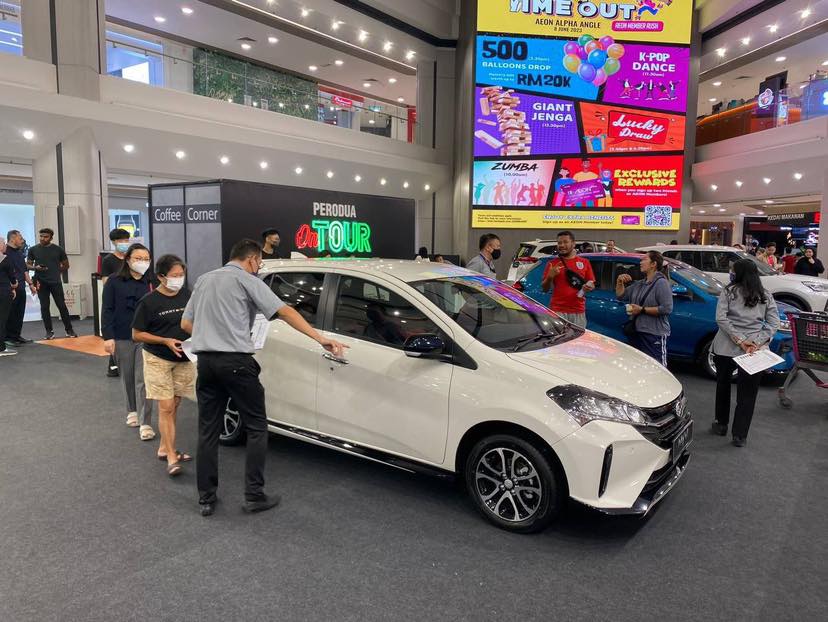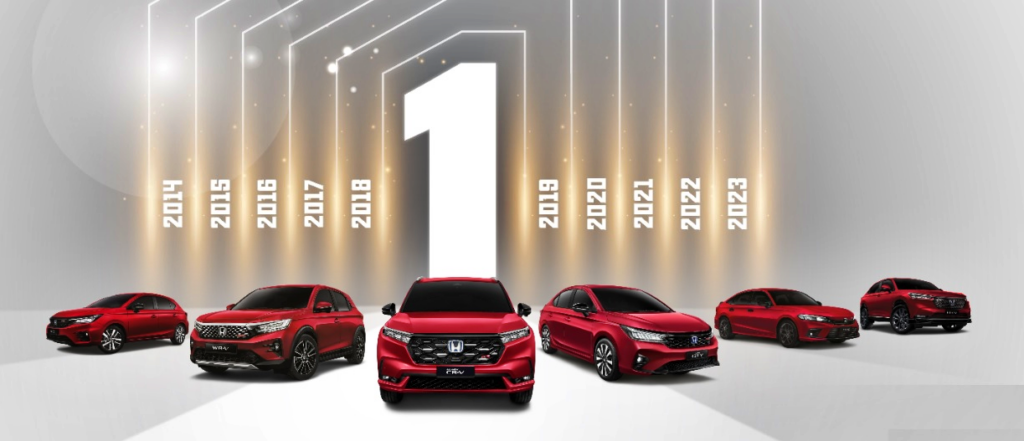At this time of the year, after the sales figures for the previous year have been announced by the Malaysian Automotive Association (MAA), the companies that were No.1 will usually be publicising their achievement through advertisements or via the media.
National and Non-National segments
In Malaysia, we have an interesting situation where the best performer is not just a single company and it is not because there are ties in sales volumes for the year. It is because the industry has long been divided into ‘National’ – ie the Malaysian brands of Perodua and Proton – and ‘Non-National’ – which covers all the other brands, even if their vehicles are assembled locally.

Perodua is a clear No.1
After overtaking Proton in 2006, Perodua has been No. 1 carmaker in terms of total volume as well as in the National segment. Last year, it sold 330,325 vehicles, an increase of 17.1% over its volume in 2022.
In other countries, ‘there are no points for second place’ (as Iceman said to Maverick in ’Top Gun’) but in Malaysia, the non-Malaysian brands are still of significance so the Non-National segment was created to enable the achievements of the brands to also be highlighted.
For the past ten years or so, the fight for top spot has been between Toyota and Honda and each year, both companies have typically advertised themselves as being ‘No. 1’ – in the Non-National segment, of course. This can sometimes be confusing to consumers who wonder how two companies can make the same claim – and yet their numbers are obviously different.
No misrepresentation
There is no misrepresentation – both companies are making factual statements and the wording is also clear (although not everyone may understand!). Honda Malaysia states that 2023 was the tenth consecutive year it was No.1 and it mentions ‘passenger vehicle segment’. This is the important part: passenger vehicles do not include pick-up trucks although such vehicles are used for personal motoring rather than for business purposes.
Honda doesn’t sell pick-up trucks nor commercial vehicles and in fact, it is only in just a few markets like North America that it has such a vehicle (the Ridgeline). In the rest of the world, it sells sedans, hatchbacks, SUVs and MPVs. The brand is popular so its models sell well and volumes are considerable, enough to make up for the lack of a truck, especially in the ASEAN region where Honda comes closest to Toyota.

![Honda Ridgeline [2023]](https://www.motaauto.com/wp-content/uploads/2024/02/Honda-Ridgeline-2023.jpg)
Hilux pick-up truck boosts Toyota’s numbers
On the other hand, Toyota can also include in its total volume pick-up trucks and commercial vehicles. And with pick-up trucks, it has been the market leader since 2005. Last year, UMW Toyota Motor delivered 27,447 trucks and when another 3,422 Hiace vans are added, the brand’s total becomes 106,296 units.
![Toyota Hilux [2024]](https://www.motaauto.com/wp-content/uploads/2024/02/Toyota-Hilux-2024-1024x542.jpg)
Advertising achievements in such a way is not unique to Malaysia as it is also done in some other countries. It all depends on how the industry and market categorises vehicles and segments. You can’t blame companies for trying to make the data to show their brand in the best way as long as they use genuine data and make clear the way they calculate the data. In Malaysia, the MAA has been compiling the data since 1967 and makes it available to the public for anyone to verify.
Model sales data cannot be made public
It’s unfortunate, however, that we will have to wait 12 months before details of sales volume by model can be known so we will know which model were the nation’s No.1 sellers in each category. The reason for this is because the powerful Competition Commission makes it an offence for the companies to reveal model sales figures (unless they are 12 months old) to the public. Rather than see the sharing of the information as an act of transparency, it regards such sharing as being ‘cartel-like’ and therefore an offence under the Competition Act.


